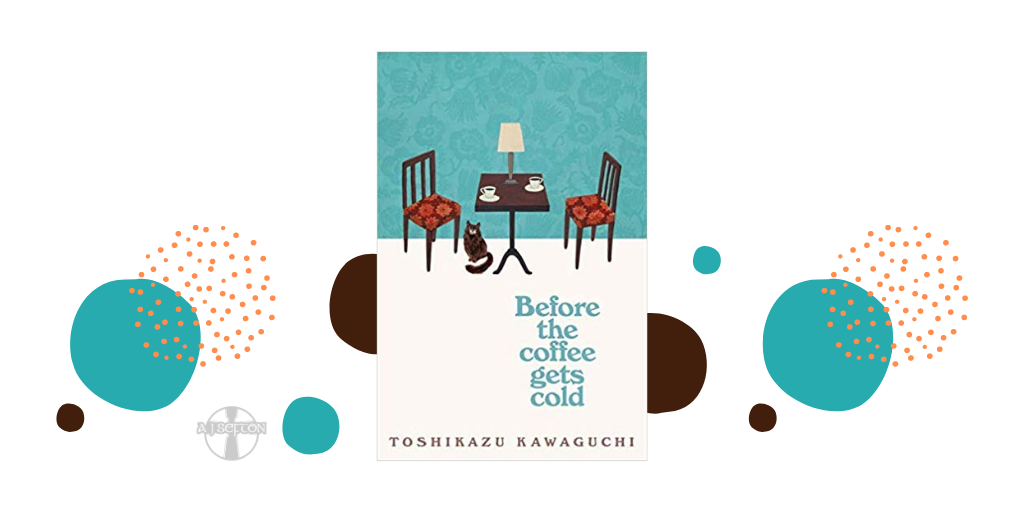
When the coffee is poured from a silver kettle to a cup, there is a “shimmering steam” and the person and their surrounding seem to dissolve till the transition is complete. The transportation has a mystic and surreal feel to it. If they don’t, they will turn into a ghost and be confined to the chair every single day. They cannot change the present and they have to drink the coffee given to them and return before the beverage gets cold. If they would like to meet someone back in time, that person needs to have visited the cafe at some point or another. People who time travel can do so while being seated on one particular chair in the cafe, from which they cannot move during the time span.

However, unlike Western fiction where the time traveller is the agent of change, here the magic is bound by rules and protocol. The plot is set in a cafe named Funiculi Funicula (after a popular Neapolitan song that was composed in 1880 by Luigi Denza to the lyrics of Peppino Turco) in Tokyo, where there is a provision of travelling back in time.

In this context, playwright Toshikazu Kawaguchi's poignant debut novel Before the Coffee Gets Cold, first published in Japanese in 2015, continues the long-time tryst with time but with a refreshing take. From Octavia Butler's Kindred (1979) and Audrey Niffenegger's The Time Traveler's Wife (2003) to recent films like Rian Johnson's Looper (2012), art has never stopped exploring and experimenting with the dimension of time. Time travel has always been a topic of much speculation and interest, ever since H.G.Wells wrote The Time Machine (1895).


 0 kommentar(er)
0 kommentar(er)
